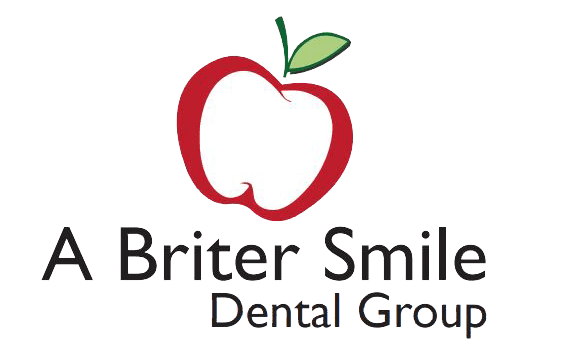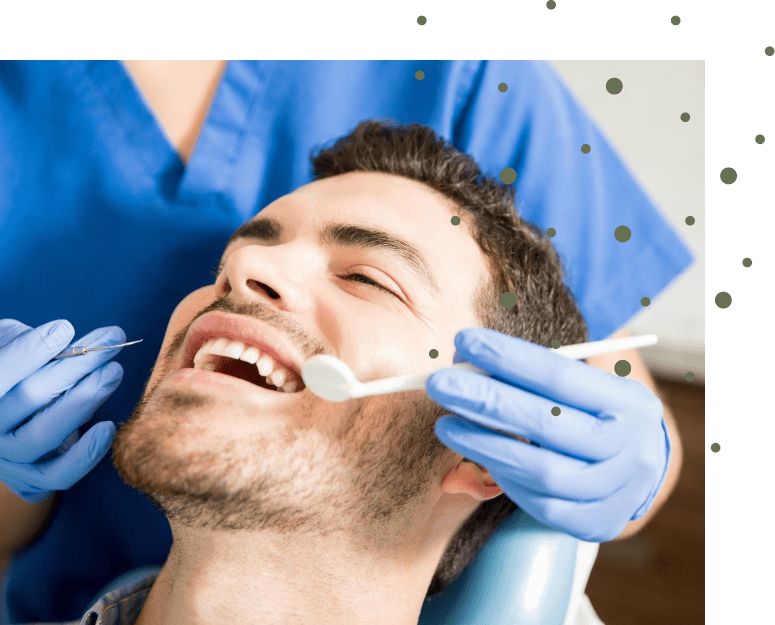For more complex dental issues that require surgical intervention, trust our skilled team to provide effective solutions with care and precision. From wisdom tooth extractions and dental implants to periodontal surgeries, our surgical dentistry services are designed to restore function and aesthetics to your smile.
We understand that surgery can be daunting, and our compassionate approach ensures your comfort and peace of mind throughout the process. Explore our surgical dentistry options to address your unique dental needs with confidence.

